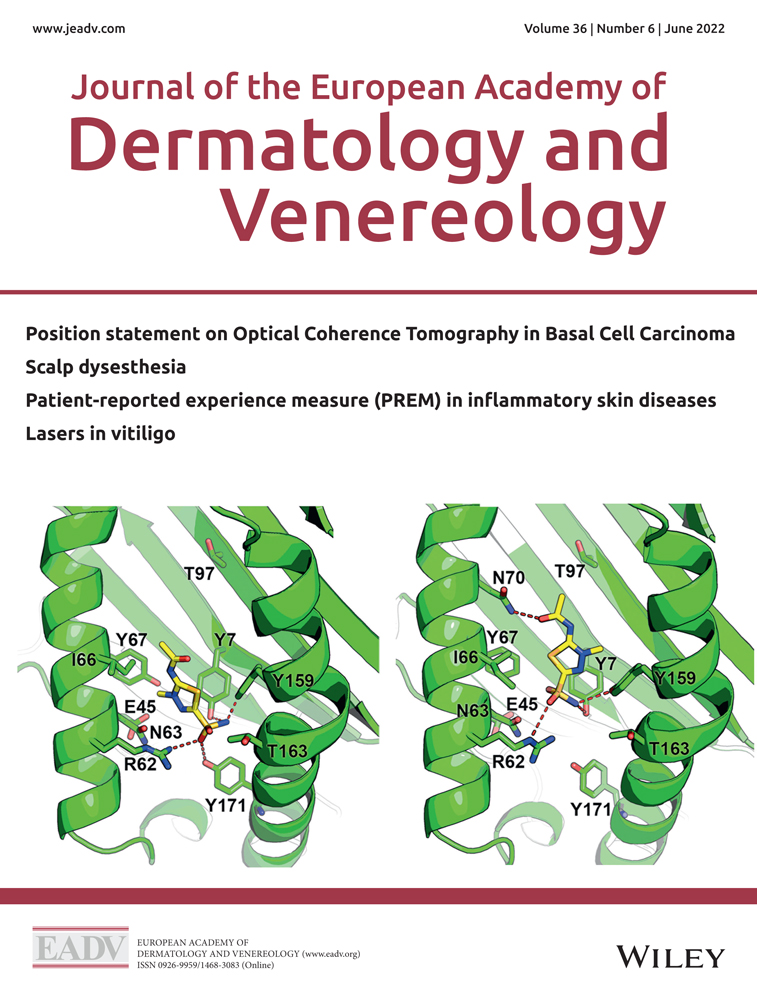Somatic mutational landscape of extracranial arteriovenous malformations and phenotypic correlations
Conflict of interest
None.
Funding source
This work was supported by the rare disease network ‘FAVA-Multi’.
Abstract
Background
Somatic genetic variants may be the cause of extracranial arteriovenous malformations, but few studies have explored these genetic anomalies, and no genotype–phenotype correlations have been identified.
Objectives
The aim of the study was to characterize the somatic genetic landscape of extracranial arteriovenous malformations and correlate these findings with the phenotypic characteristics of these lesions.
Methods
This study included twenty-three patients with extracranial arteriovenous malformations that were confirmed clinically and treated by surgical resection, and for whom frozen tissue samples were available. Targeted next-generation sequencing analysis of tissues was performed using a gene panel that included vascular disease-related genes and tumour-related genes.
Results
We identified a pathogenic variant in 18 out of 23 samples (78.3%). Pathogenic variants were mainly located in MAP2K1 (n = 7) and KRAS (n = 6), and more rarely in BRAF (n = 2) and RASA1 (n = 3). KRAS variants were significantly (P < 0.005) associated with severe extended facial arteriovenous malformations, for which relapse after surgical resection is frequently observed, while MAP2K1 variants were significantly (P < 0.005) associated with less severe, limited arteriovenous malformations located on the lips.
Conclusions
Our study highlights a high prevalence of pathogenic somatic variants, predominantly in MAP2K1 and KRAS, in extracranial arteriovenous malformations. In addition, our study identifies for the first time a correlation between the genotype, clinical severity and angiographic characteristics of extracranial arteriovenous malformations. The RAS/MAPK variants identified in this study are known to be associated with malignant tumours for which targeted therapies have already been developed. Thus, identification of these somatic variants could lead to new therapeutic options to improve the management of patients with extracranial arteriovenous malformations.
Abstract
Linked Commentary: C.J.M. van der Vleuten. J Eur Acad Dermatol Venereol 2022; 36: 765–766. https://doi.org/10.1111/jdv.18155.
Open Research
Data availability statement
All additional data not provided in this article are available from the corresponding authors upon reasonable request.




